Corning Museum of Glass in New York — where art meets science across 3,500 years of history
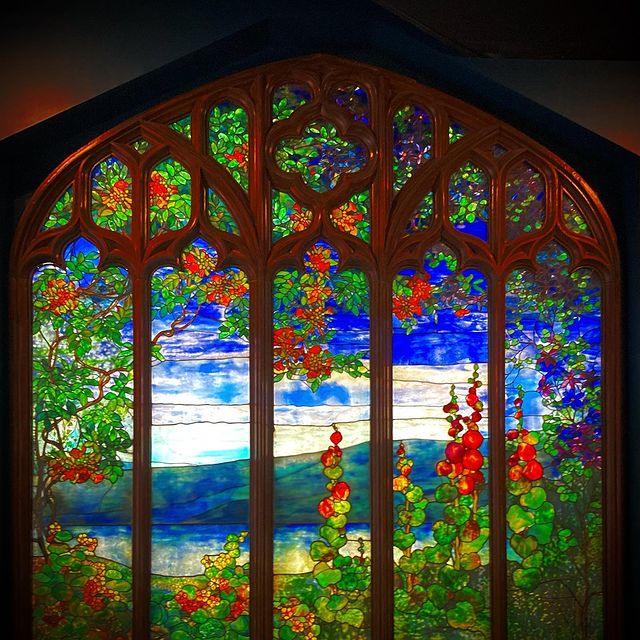
For more than 35 centuries, glass has captivated the imagination with its beauty, utility, and mystery.
This post contains affiliate links. For more information, click here.
In 1770, the Duke and Duchess of Northumberland sought to renovate the drawing room of their large Jacobean townhouse on London‘s Strand.
They wanted it to sparkle during their lavish parties. They commissioned Scottish neoclassical architect and designer Robert Adam for the work. He created a chamber lined with gilt-edged mirrors, green-glass pilasters, and red-glass panels, which were sprinkled with glittering flakes of copper.
Glass is an everyday material with a historic impact. Glass marries art and science, beauty and functionality, fragility and endurance.
The enormous Corning Museum of Glass in New York traces the history of glass through its collection of 50,000 objects. It’s set in the 19th-century town of Corning, about an hour south of the scenic Finger Lakes.
The centerpiece of the Museum’s on-going exhibitions is “35 Centuries of Glass”, which explores how different cultures throughout history have made, improved, and used the material. The history of glass is the history of practical innovation, but it’s also the history of bringing beauty to daily life. I felt like I was walking through a glittering story-land.
An Egyptian glass-worker would have fused, assembled, ground, and polished a mosaic figure some time between 299-1 B.C.
Colorful tea things were popular in Europe during the 18th century.
A demi-parure, a small set of jewelry, was a status symbol during the 19th century.
An 1898 English plaque depicts “Moorish Bathers”.
A mosaic portrait immortalizes Elena of Montenegro, who was queen-consort to King Victor Emmanuel III of Italy during 1900-46.
Other on-going exhibits include modern galleries, which show how contemporary artists push the boundaries of what glass can do.
The Innovation Center teaches the science of glass, exploring its chemical composition, physical properties, and various practical applications. This part of the Museum celebrates glass as a material that has enabled scientific progress, from early microscopes and telescopes to today’s fiber optics and high-tech displays.
There are also daily glass-making demonstrations. Studio workers created a pasta bowl before my eyes.
Additionally, the Museum offers visitors the chance to make their own glass.
Temporary exhibits delve into specific uses of glass throughout history.
“Fire and Vine: The Story of Glass and Wine” illuminates the many ways that wine depends on glass from production to consumption.
“In Sparkling Company: Glass and the Costs of Social Life in Britain During the 1700s” shows the prominence of glass in 18th-century England‘s elite society.
A women’s pair of leather shoes is lined with silk and decorated with glass beads.
Cameos honor William Wilberforce and Hannah More. She was a Bluestocking who helped persuade the Member of Parliament to take up the cause of abolition. He did, and became one of history’s most important voices calling to end slavery, which Britain did in 1833.
And there are glass panels from the drawing room at Northumberland House and even virtual-reality images showing what it looked like.
Whether you’re a history buff, an art lover, or a science fan, the Corning Museum of Glass is both educational and inspiring. Glass is an ordinary material with an extraordinary history that comes to life in Corning.
What to Know Before You Go to the Corning Museum of Glass
The Corning Museum of Glass is located at One Museum Way in Corning, New York. There is plenty of on-site parking a short walk or complimentary shuttle ride to the Museum. There is also a free shuttle bus from Market Street and the Rockwell Museum in the Gaffer District.
The Museum has a large cafeteria with a range of lunch-type selections like pizza and burgers. There is also an extensive gift shop selling a variety of glass products, from Galileo thermometers to Steuben barware.
Allow three to six hours.
Hotels within one mile include:
note: I stayed at the Radisson Hotel Corning, and it was wholly unsuitable — dark, dated, and dirty. You have been warned.

After my misspent youth as a wage worker, I’m having so much more fun as a blogger, helping other discerning travellers plan fun and fascinating journeys. Read more …
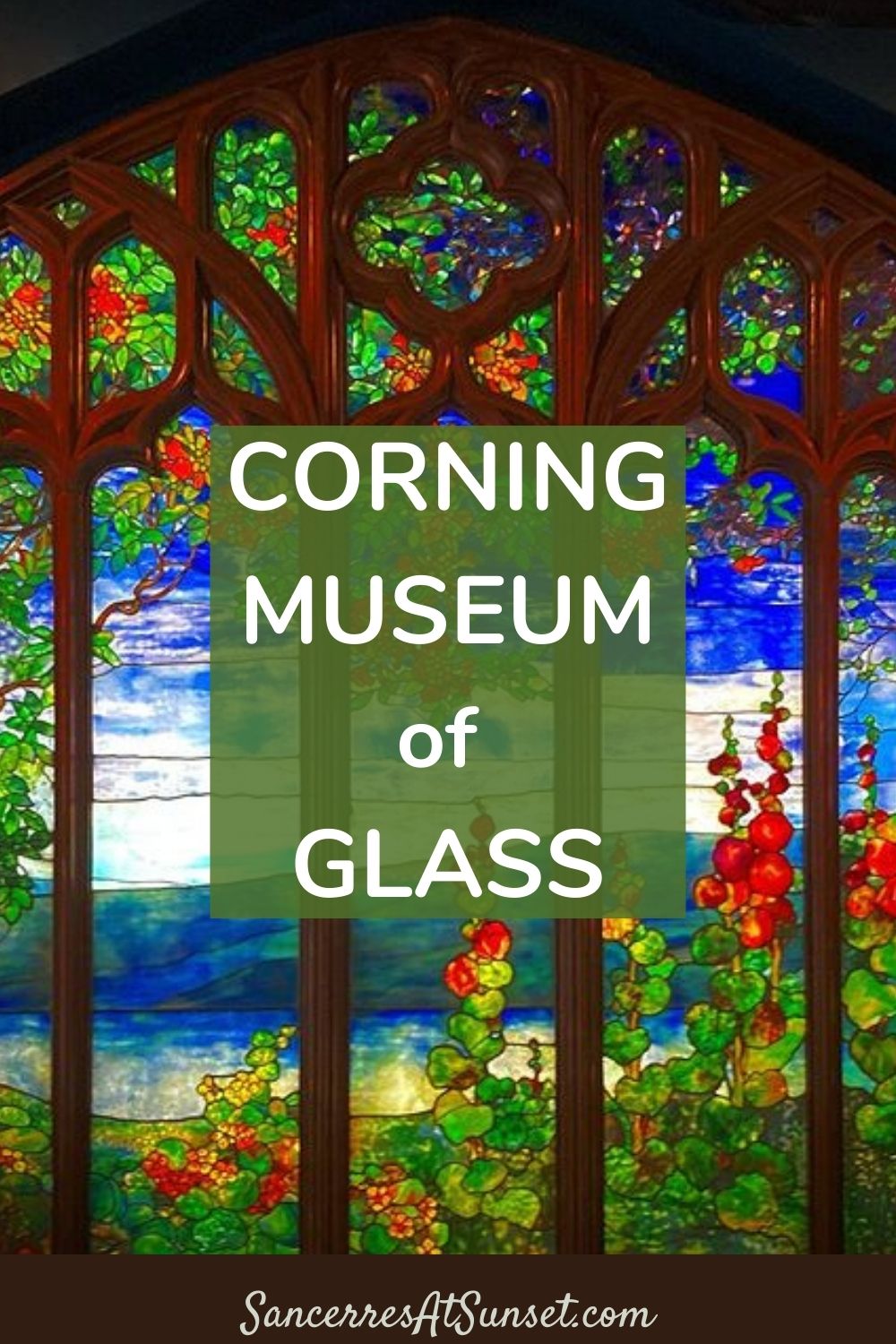


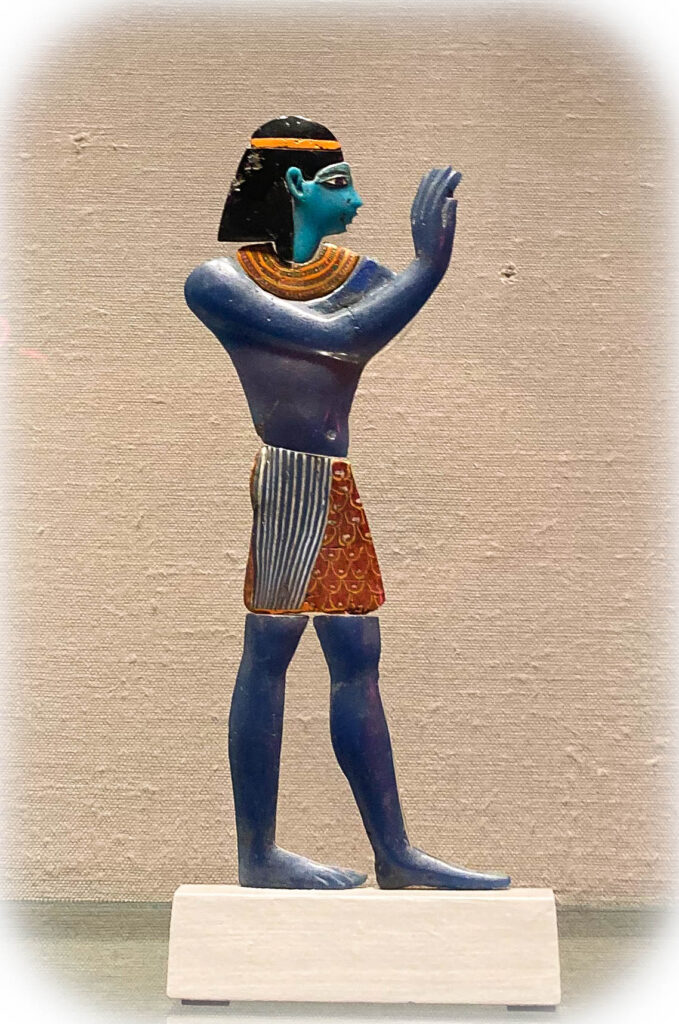
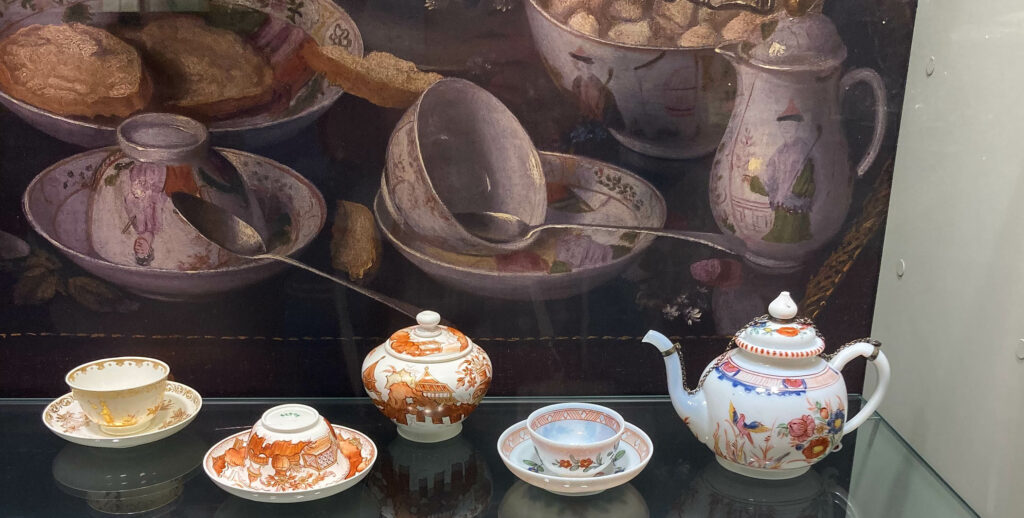
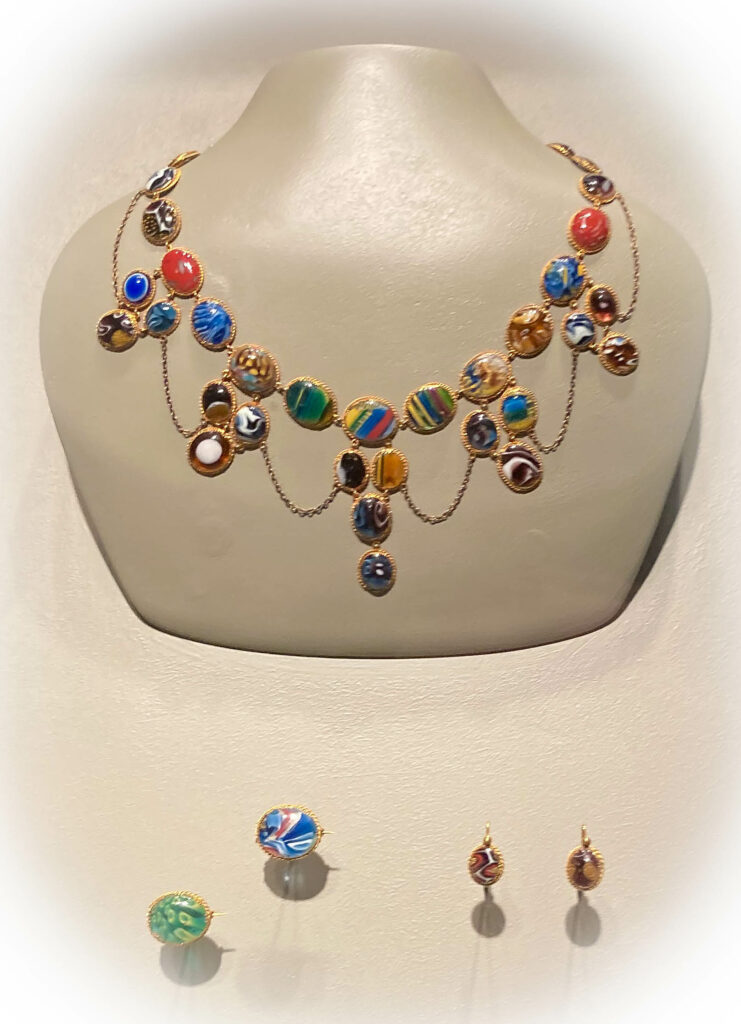


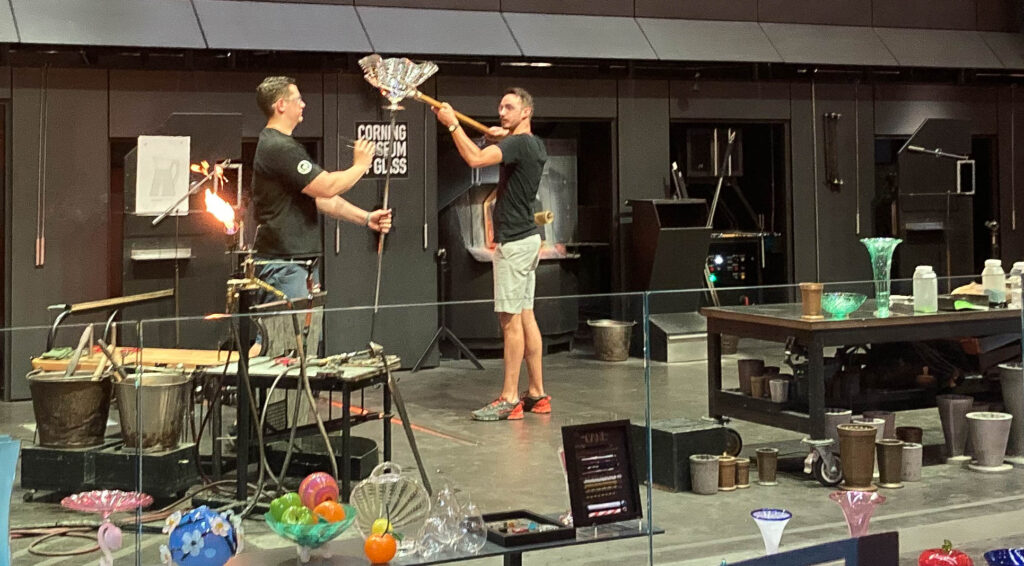
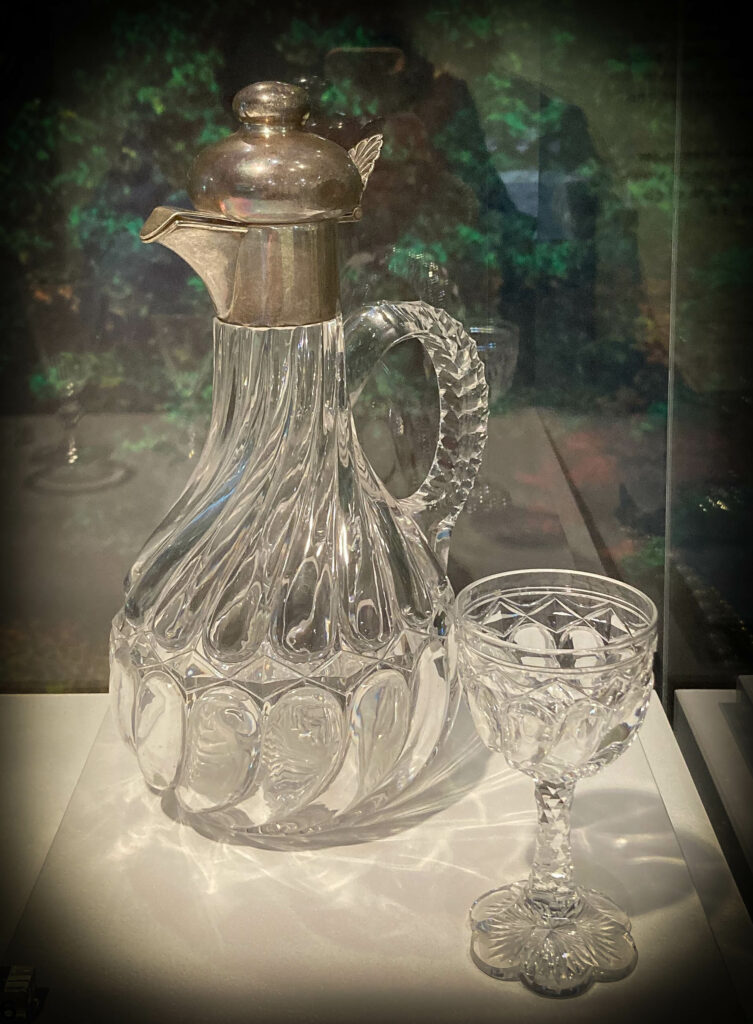
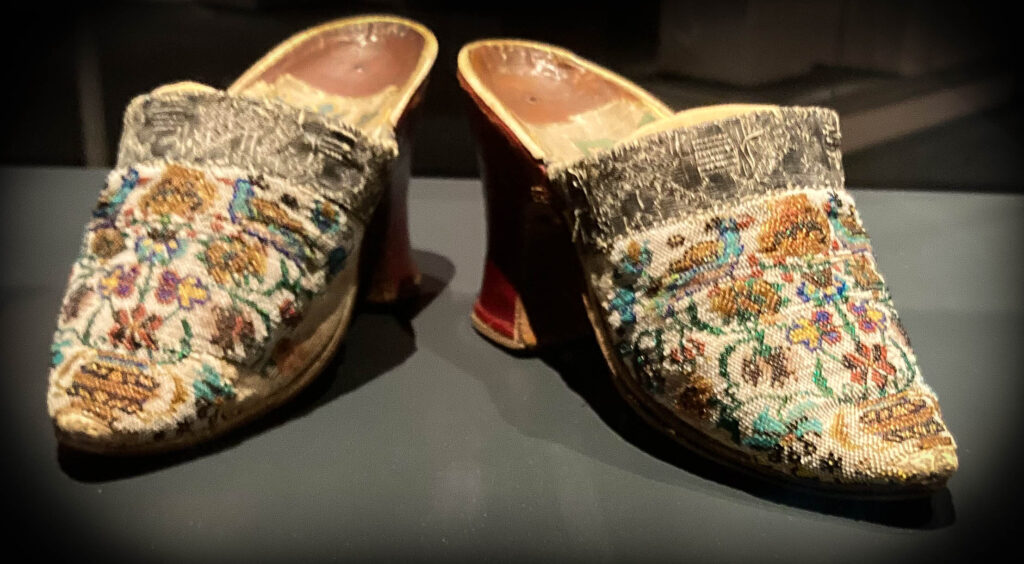

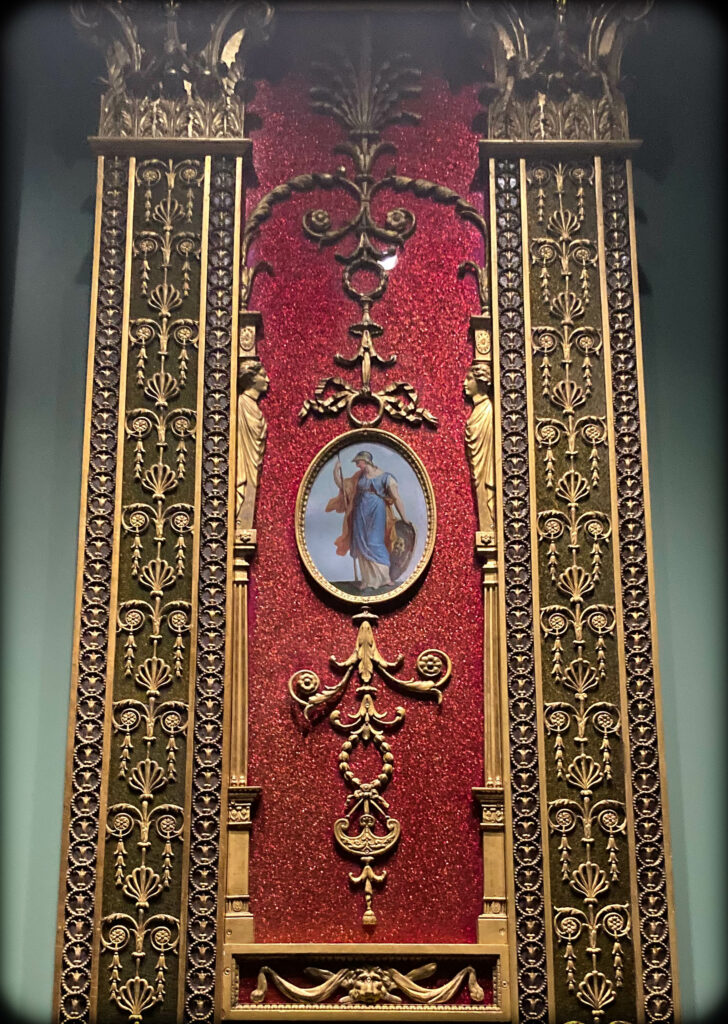
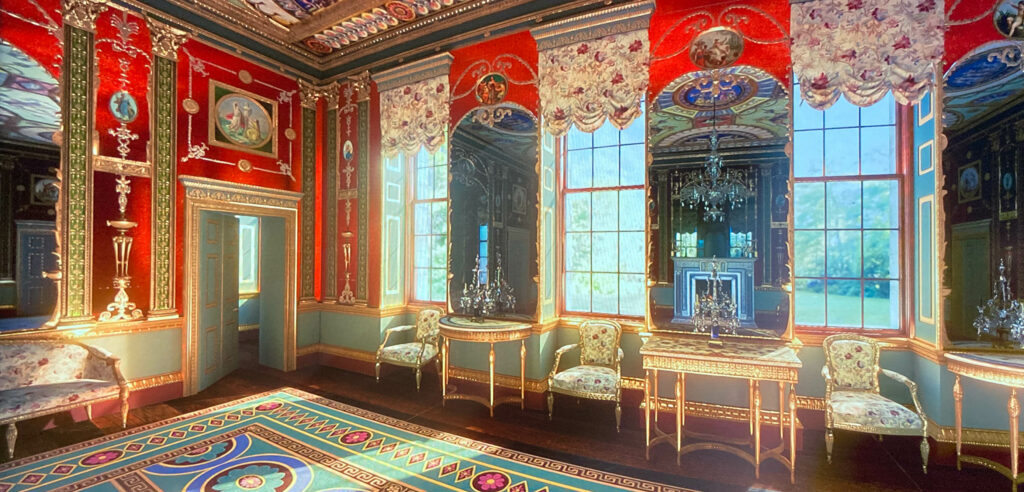


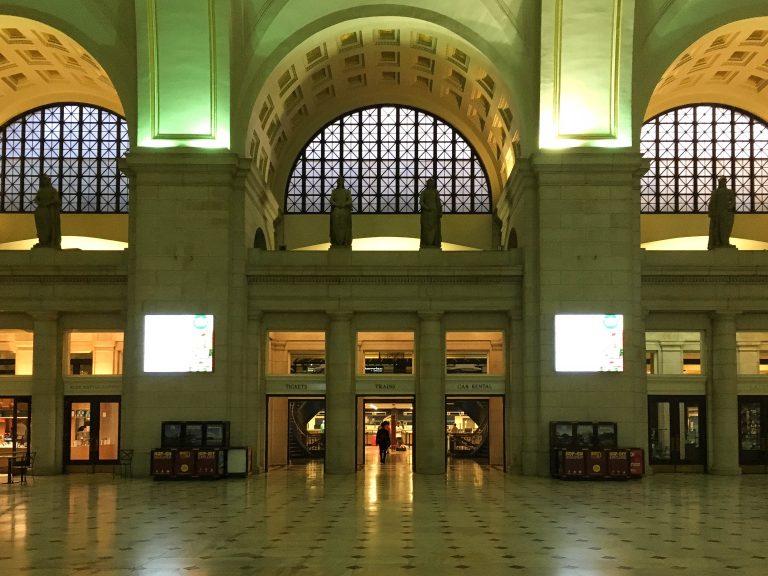
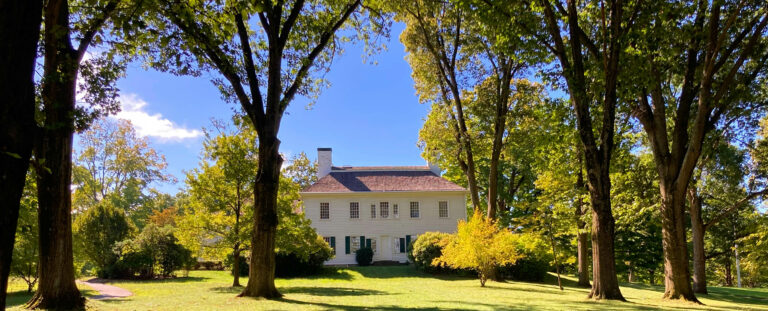


Every time I visit Corning, it is at night when the museum is closed. Next time I come here, I hope it is in the daytime.
I hope you can visit the CMoG soon, John; it’s a good one.